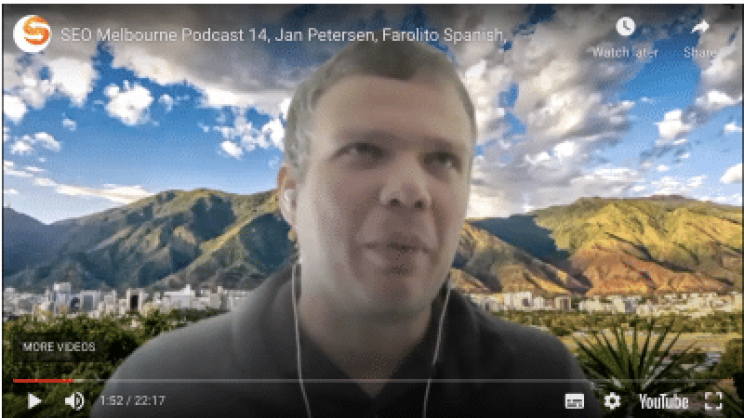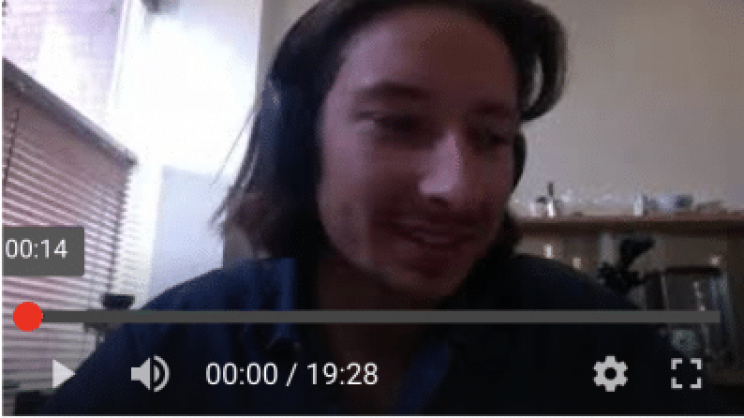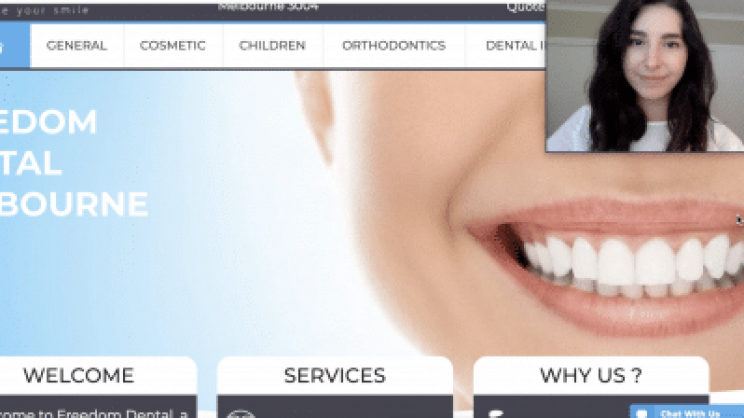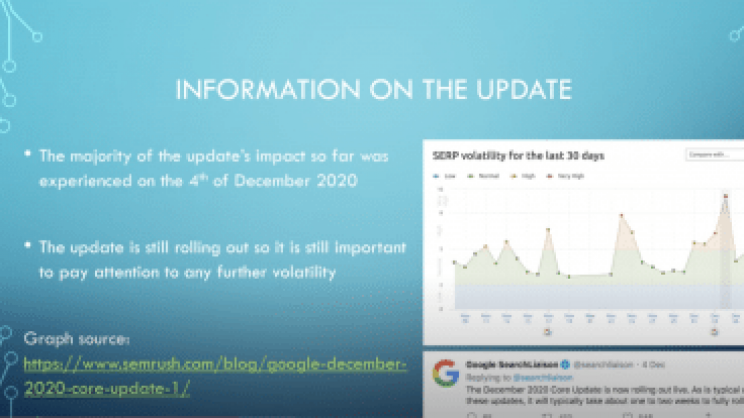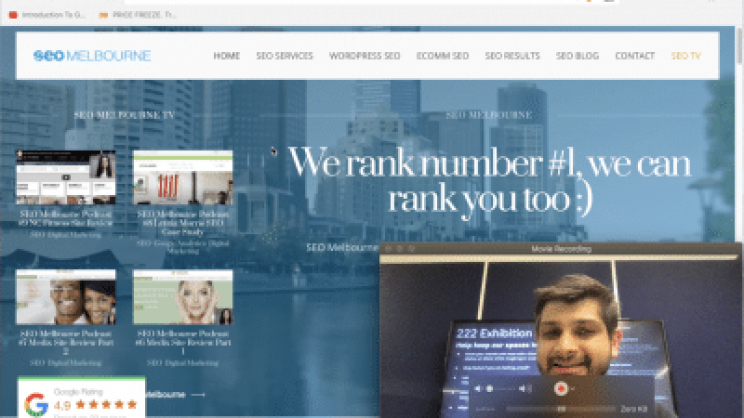Yoast SEO For WordPress: A Beginner’s Guide
WordPress is an extremely powerful content management system, or CMS, that is used to build and maintain a ton of personal and professional websites around the world. Chances are, many of the websites you interact with on a daily basis are powered by WordPress – including our own.
Search engine optimisation professionals love using WordPress because it makes it easy to build an SEO-friendly site. There are a host of SEO plugins you can install to make optimising your WordPress site a cinch. One of the most popular, and easiest to use, plugins is called Yoast.
You can install Yoast by navigating to the Plugins menu on your WordPress dashboard, searching for Yoast SEO, and clicking Install Now. Simple!
There are many ways you can use Yoast to optimise your WordPress site. Today we will be focusing on just one: how to optimise your content as it gets added to the site.
Let’s say you are adding a new blog post to your site and you want to make sure that it’s properly optimised. For the sake of example, we can pretend that our blog topic is “How to Use the Yoast SEO Plugin for WordPress” and it’s targeting the keyword “Yoast SEO for WordPress.”
The first thing we do is navigate to the Posts section on our WordPress dashboard and click on “Add New.”
At the top you will see the standard WordPress fields for adding a title and body content. Beneath that, you will see the Yoast SEO box that has been added as a result of installing the plugin. This is divided into two main tabs: “Content” and “Social.” We will be staying within the “Content” tab for now.
First we want to make sure we have selected our focus keyword. In this case, our keyword is “Yoast SEO for WordPress.” We also want to make sure we are using our keyword in the title tag, so we will click on “Edit Snippet” and enter the title in the “SEO Title” field as “Yoast SEO for WordPress: A Beginner’s Guide.” Note how our focus keyword gets bolded in the snippet preview, the same way it would appear in a Google Search results page.
Next we want to enter our meta description. It should ideally include our focus keyword as well as some keyword variations and a clear call to action.
You can also edit the slug, which is the text that appears at the end of the URL. We want to make sure we are including our keyword in the slug too.
After you have filled out all the information in the Snippet preview, you can scroll down and check the “Content Analysis,” which will identify any other SEO areas that need attention. For example, it might tell you that your post is missing optimised images or external links. These issues should be addressed before the post is published.
When the post is ready to go, simply press publish. It couldn’t be easier!
Yoast SEO makes is a powerful tool for optimising websites – we’ve barely even scratched surface of what it can do. Download the plugin today to see what a difference a bit of on-page optimisation can make.
If you enjoyed this content, and would like more tips and actionable steps to help your business with SEO, check out SEO Company Melbourne today
